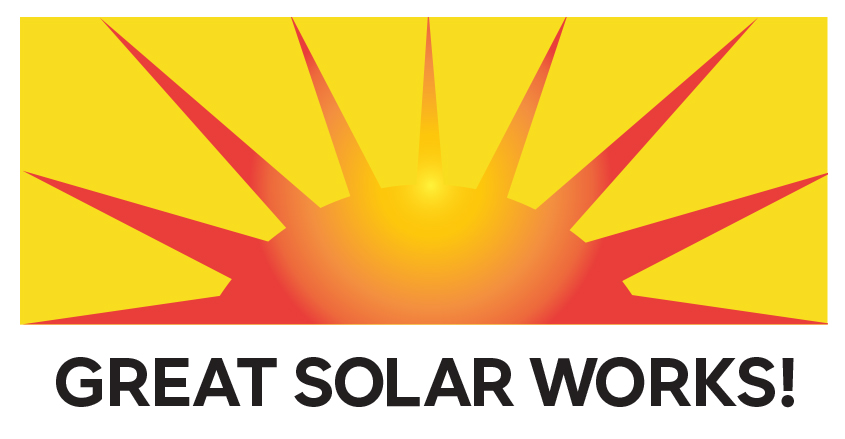
Hydro Generated Electric Power
If you have at least a seasonal creek, with flows of
10 gallons per minute, a minimum vertical drop of 20 or more feet, and
it is located within a few hundred feet from your house or power shed,
then a microhydro system is for you. For those who are lucky enough to
have a good site, hydro is the choice energy system, generating the most
power at the lowest cost per watt.


Great Solar Works! Hydro Systems
If you have at least a seasonal creek, with flows of 10 gallons per
minute, a minimum vertical drop of 20 or more feet, and it is located
within a few hundred feet from your house or power shed, then a
microhydro system is for you. For those who are lucky enough to have a
good site, hydro is the choice energy system, generating the most power
at the lowest cost per watt.
- Site quality (seasonal or perennial creek, canal, flowing water within few hundred feet of user)
- Head (the vertical distance between the intake and turbine)
- Flow (how much water comes down the stream)
- Pipeline (penstock) length (see graphic)
Electrical transmission line length (from turbine to building or battery bank) Small
hydroelectric power or hydropower is generated by harnessing flowing
water downhill in a 2" to 4" plastic pipe, to jet through a nozzle and
spin an alternator converting the kinetic energy to electricity. Micro
or small hydropower systems produce less than 25 kilowatts of power. 10
kilowatts systems will power most residences, ranches, or small
businesses. Like grid-tied solar pv electric power systems, microhydro
power systems can sometimes sell excess power at wholesale rates to the
utility company.
Industrial hydro power plants use dams to control flow velocity and head (vertical drop) to generate electricty. Micro hydropower systems typically use flowing water to turn a turbine, pump, or waterwheel. Other system components include an inverter to convert DC electricity produced by the system into 120 or 240 volts of AC electricity.
Summary of small hydro components:
- Water channel, pipeline, or pressurized pipeline (penstock) that delivers the water
- Turbine, pump, or waterwheel—transforms the energy of flowing water into rotational energy
- Alternator or generator—transforms the rotational energy into electricity
- Regulator—controls the generator
- Wiring—delivers the electricity
- Batteries--to store electicty if desired
